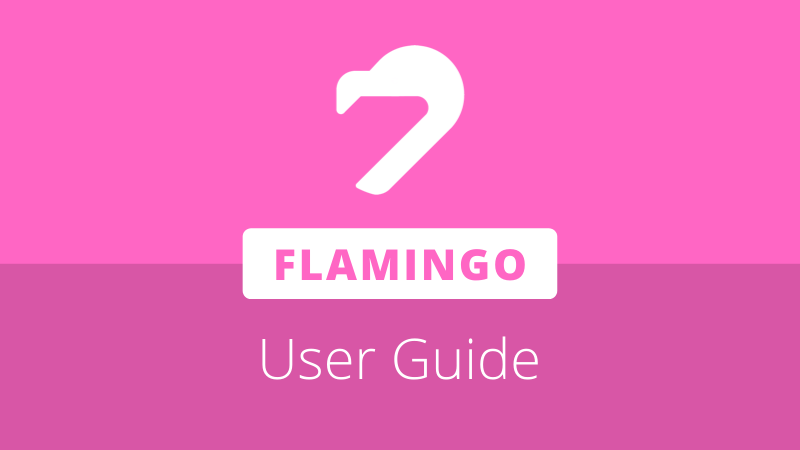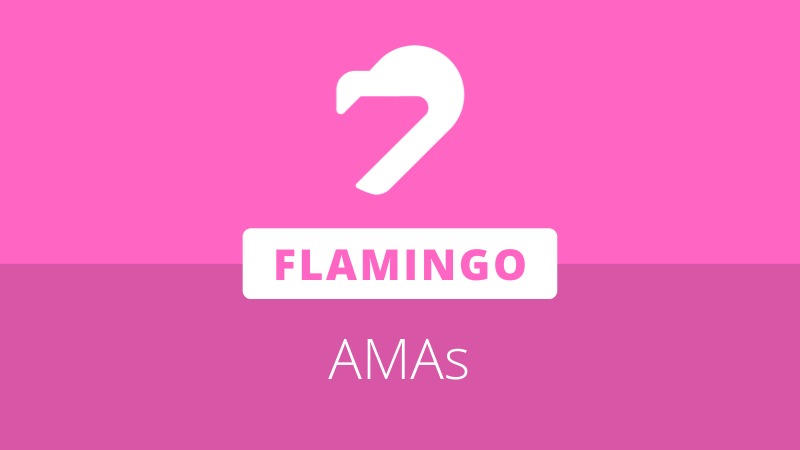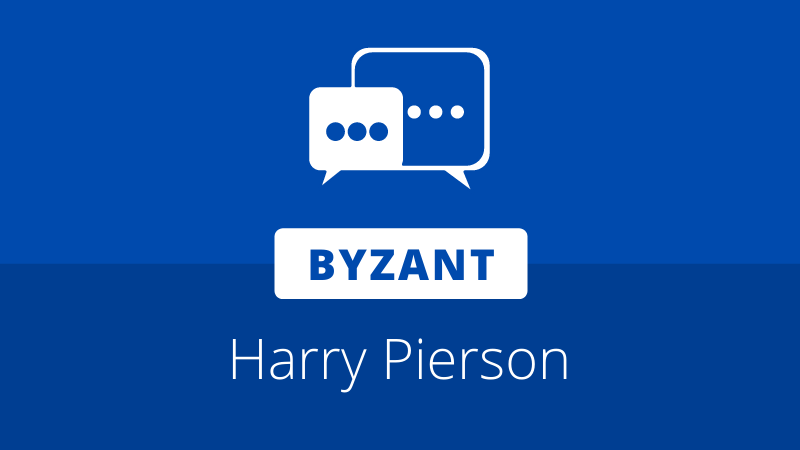
Over the last few weeks, Neo Global Development (NGD) has been introducing Flamingo, a protocol for decentralized finance on the Neo blockchain. Incubated in-house, Flamingo is interoperable, designed to work cross-chain with other networks such as Ethereum, and is full-stack, including a suite of tools designed to maximize capital efficiency for participants.
This article is intended to answer common questions regarding the upcoming Flamingo platform launch. It will be updated with the latest information until the Mint Rush event reaches its conclusion.
EDIT: Mint Rush 2 is now underway. Please read this article for the latest information.
Last updated 30/09/2020 5:29 PM (UTC)
Index
1. Mint Rush
– 1.2. Mint Rush 2
2. Ethereum & Flamincome
3. FLM rewards
4. Further enhancements
– 4.1. Synthetic stablecoin
– 4.2. Perpetual contract margin trading
– 4.3. DAO governance
5. Frequently Asked Questions
6. Official Resources
1. Mint Rush
Mint Rush is a 5-day event beginning on September 25th with the launch of the Vault module, a one-stop asset manager, which enables asset staking in return for FLM.
50,000,000 FLM tokens will be distributed to staking pools in the Vault during this period: 50% to the NEO pool, 10% to wBTC, 10% to USDT, 5% to wETH, 5% to ONTd, 2.5% to the Uniswap v2 wBTC/ETH LP token, and 17.5% to other currently undesignated assets.
To give users time to prepare their various assets for staking, the Wrapper module will be the first to launch, occurring at 13:00 UTC on September 23rd. This module, a cross-chain asset gateway, allows users to wrap assets on Neo, including assets from other blockchains (such as ETH or ONT), turning them into Neo-based assets. Once wrapped, these tokens can then be used in any Neo-based applications, such as the other Flamingo DeFi modules.
Currently five open source wallets are confirmed to support usage of the Wrapper: NeoLine and O3 for Neo, MetaMask for Ethereum, and Cyano or ONTO for Ontology.
At this time, instructions have been provided for wrapping NEO and various Ethereum assets. Wrapping NEO to nNEO can be done directly from the flamingo.finance wrapper module with a supported wallet. Instructions have not yet been released on wrapping ONT assets.
Some users, particularly those using the O3 wallet with a Ledger device, have reported problems when attempting to unwrap nNEO. It is unclear whether the problem will be resolved with an O3 wallet update, or if the issues lies with the limited Ledger memory or potentially the lack of a GAS fee. When unwrapping nNEO, it is recommended to transfer first to a non-Ledger wallet to reduce the risk of an issue. If a transaction seems to get “stuck,” it will be manually triggered by the Flamingo team.
1.2. Mint Rush 2
On September 29th, prior to the conclusion of the Mint Rush, Flamingo announced it would roll over into a Mint Rush 2. The primary reason for extending into a second Mint Rush is to complete further testing of the Swap module before its launch.
The second Mint Rush begins on September 30th at 11:00 UTC and will continue until at least October 3rd, although it may run as long as October 5th – depending on when Swap is ready to go live.
The rate of FLM distribution will not change from the schedule outlined in the litepaper, meaning that it will be released at a slightly lower rate than during the initial Mint Rush. Approximately 2,857,100 FLM will be released each day.
Users who participated in the initial Mint Rush and still have their assets in Vault will not need to take extra action to participate in Mint Rush 2.
One difference for Mint Rush 2 is that users are now able to stake FLM. As FLM is already a NEP-5 asset, it does not need to be wrapped to be staked in Vault. Those who have already generated FLM can claim and stake at will.
2. Ethereum and Flamincome
Wrapping Ethereum-based assets requires the use of Flamincome, a yield boosting component implemented as a series of contracts on Ethereum. Flamincome will be launched alongside Wrapper on September 23rd, and is designed to minimize opportunity cost for ERC-20 token holders while they are participating in Flamingo on Neo. Ethereum users can use the MetaMask wallet to deposit supported assets (currently wETH, wBTC, and USDT) to the flamingo.finance income module.
After depositing, assets can be converted to interest-bearing assets, generating a yield for stakers through a YFI-style strategy optimizer. For example, USDT tokens are first converted to fUSDT. Once these interest-bearing assets have been acquired, they can be further converted to synthetic tokens (e.g. nUSDT) through the normalizer component, pegged 1:1 with the original assets.
These synthetic tokens are now ready for use in the Wrapper module, where they will finally be wrapped to the NEP-5 based counterparts (e.g. pnUSDT) for use in the Flamingo platform. Further, while wrapped on Neo, the original Ethereum-based assets will continue to generate a yield, which will be claimable on Ethereum using MetaMask in the Income module.
3. FLM rewards
Following the Vault launch at 13:00 UTC on September 25th, wrapped tokens may be staked in return for FLM. Vault and other Flamingo modules all operate exclusively on the Neo blockchain, so only a compatible Neo wallet is required from this point forward.
After the launch of the Swap module, scheduled for the 30th, new liquidity pool tokens may also be staked in return for FLM. These LP tokens can be considered as proof of liquidity provision to a certain trading pair in Swap. Users participating in the Swap module should be wary of the associated risks (see the FAQ below).
Users may begin earning FLM as soon as the Mint Rush event begins, however the date for claiming is still to be announced.
Several exchanges have announced their own staking pools. Binance users can stake BNB or BUSD tokens into two pools to farm FLM, whilst OKEx farmers may stake OKB tokens. MXC has also announced mining support for NEO stakers, and Jubi will allow staking of a range of tokens.
4. Further enhancements
Several other pieces of functionality will be rolled out in the near future, including the key modules Perp, DAO, and a new feature for the Vault module. Each tool also provides new ways to earn FLM tokens by participating. More information on these components will be released over time, however the basics are outlined below.
4.1. Synthetic Stablecoin
The secondary function of the Vault module is to manage the minting of FUSD, a synthetic collateral-backed stablecoin, similar to MakerDAO’s DAI token on Ethereum. The value of FUSD is pegged 1:1 to USD, intended to provide the Neo ecosystem with a dependable stablecoin.
FUSD can be minted by users that stake whitelisted liquidity pool tokens, earned by providing liquidity to the corresponding token pair in the Swap module. Tokens are minted against the staked tokens as long as the collateralization ratio remains above the liquidation threshold. To unlock the collateral, users can burn the minted FUSD at any time.
Each LP token has its own target collateralization ratio depending on its unique risk profile. If a user’s collateral falls below the liquidation collateralization ratio, a 3-day leniency period is triggered, during which the user can manually increase their collateralization ratio above the threshold. If liquidation occurs, staked assets are sold by the quantity needed to restore the ratio, and a 10% fee is paid to the liquidator.
Users will receive FLM in proportion to the amount of FUSD minted, however FLM can only be claimed when the actual collateralization ratio is above the target collateralization ratio for their staked assets.
4.2. Perpetual contract margin trading
Like Swap, the Perp module is an automated market maker-based contract that aims to provide essentially infinite liquidity for any underlying assets. This component requires usage of FUSD, which is used for staked margins on perpetual contracts. Using Perp, users can trade long or short with 10x leverage.
More information on Perp will be released in the future.
4.3. DAO governance
Flamingo’s various modules will initially be maintained by NGD, but the long-term vision is for the platform to become completely community-driven. This will be achieved through the widespread distribution of FLM, which is used to let users vote on critical topics through the DAO module.
The DAO module will allow the platform to be adjusted through Flamingo Improvement Proposals (FIPs) and Flamingo Configuration Change Proposals (FCCPs). FIPs are associated with general functionality improvements, such as new liquidity improvement mechanisms or risk control strategies.
FCCPs are concerned with adjustments to key platform parameters, such as module fee structures, FLM tokenomics, the FUSD collateralization ratio, asset whitelists, and others required to maintain the platform.
Users will be able to earn FLM for their participation in governance activities, tentatively noted to be 10,000,000 tokens.
5. Frequently Asked Questions
Why does NEO need to be wrapped to nNEO?
Although they exist on the Neo blockchain, the NEO and GAS assets are both UTXO-based. The majority of tokens on Neo are contract-based assets following the NEP-5 standard, which are easier to manage in smart contracts. nNEO can be considered as a replacement to CNEO, another contract that wraps NEO to a NEP-5 version, making it possible for NEO to be treated like any other NEP-5 token.
How do I get my original tokens back after wrapping?
You can redeem a wrapped token for its corresponding native asset using the unwrap function at any time. Cross-chain transactions are handled through Poly Network.
Do I earn GAS while my NEO is wrapped?
No, you will need to unwrap your nNEO to begin accumulating GAS again.
Is there a full list of supported wallets?
Several wallets have confirmed support for Flamingo in time for the Mint Rush. Which wallet to use depends on which assets the participant wishes to wrap and stake. Currently supported wallets are:
- Neo: NeoLine (Chrome extension only), O3 desktop wallet (Ledger devices supported)
- Ethereum: MetaMask Chrome extension
- Ontology: Cyano Chrome extension, ONTO mobile wallet
How do I get funds from X wallet to one of the supported wallets?
In most cases you have two choices, import an existing private key or create a new wallet. The simplest and safest option for most people is to create a new address in a supported wallet with a paper backup, and transfer into the address the desired amount of tokens to wrap & stake.
How many FLM tokens will I get for staking in the Vault?
FLM rewards depend on several factors, such as your proportional contribution to the staking pools, the duration of time that you stake for, the assets that you are participating with, and whether or not the Mint Rush event is still live.
Will NGD use any of its NEO to stake for FLM?
Yes. The reasons were outlined during Da Hongfei’s AMA on the Flamingo Discord server. Hongfei noted that NGD would need to acquire FLM in order to provide liquidity for the Swap’s NEO and FLM pairs, which will launch on the 30th. Additionally, NGD will also require a share of FLM in order to participate in kickstart governance, although it is noted that the team desires to move to a community-driven DAO model as soon as possible. “NF/NGD will ensure non-NF/NGD participation takes up the majority of the NEO pool.”
Has this project been audited?
Several teams have participated in auditing different pieces of the Flamingo stack:
- Flamincome’s Normalizer contracts – Audited by PeckShield and Red4Sec
- Flamingo contracts – Audited by PeckShield
- Poly Network protocol (for cross-chain) – Audited by NCC Group
- Poly Network Ethereum contracts – Audited by Certik
- Poly Network Neo contracts – Audited by PeckShield
What are the risks of using Flamingo or Flamincome?
Despite the audits, it is always possible that smart contracts may have bugs. Use of Flamingo is at the user’s discretion. There are no further inherent risks in the staking process using Vault, however users that opt to provide liquidity to the Swap module may also suffer from impermanent loss (IL), though as Hongfei noted in his AMA, this effect is sometimes overestimated:
“Only by providing liquidity to Swap, you may bear IL. After all, the IL is not as terrible as many people think. To provide liquidity to a trading pair A/B, after a period of time, if the price of A has fallen by 50% relative to B. How much do you estimate the impermanent loss to be? The answer is 5.72%. Which means you would only lose 5.72% by providing liquidity compared to holding A/B in your wallet. That’s not as bad as most people’s intuition.”
Why are certain tokens like GAS or NEP-5s not included?
According to Hongfei, current market cap is a barrier to listing some tokens. In the case of GAS, allowing staking would likely drive the price too high to perform transactions. Similarly, low cap tokens in the Swap module could cause significant IL for liquidity providers during periods of volatility, which they are more prone to experiencing.







About The Author: Brett Rhodes
Brett is a blockchain enthusiast and freelance writer who originally began producing content for the gaming & eSports industries. Now he spends most of his time contributing in the Neo ecosystem.
More posts by Brett Rhodes